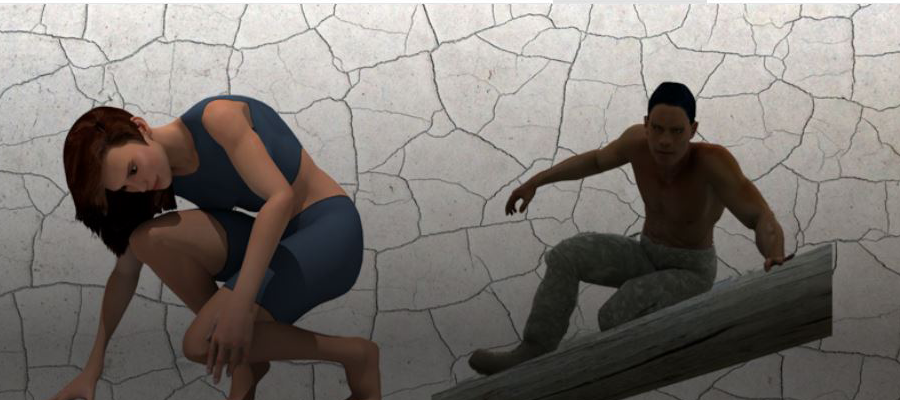Abstract
Simulation using virtual models is used widely in industries because it enables efficient creation, testing, and optimization of the design of products and production systems in virtual worlds. Simulation is also used in the design of workstations to assess worker well-being by using digital human modeling (DHM) tools. DHM tools typically include musculoskeletal risk assessment methods, such as RULA, REBA, OWAS, and NIOSH Lifting Equation, that can be used to study, analyze, and evaluate the risk of work-related musculoskeletal disorders of different design solutions in a proactive manner. However, most musculoskeletal risk assessment methods implemented in DHM tools are in essence made to assess static instances only. Also, the methods are typically made to support manual observations of the work rather than by algorithms in a software. This means that, when simulating full work sequences to evaluate manikins’ well-being, using these methods become problematic in terms of the legitimacy of the evaluation results. In addition to that, to consider objectives in optimizations, they should be measurable with real numbers, which most of musculoskeletal risk assessment methods cannot provide when simulating full work sequences.
In this study, we implemented the musculoskeletal risk assessment method OWAS in a digital tool connected to the DHM tool IPS IMMA. We applied the Lundqvist index on top of the OWAS whole body risk category score. This gave us an integer of the time-based ergonomic load for a specific simulation sequence, enabling us to qualitatively compare different design solutions. Using this approach, we performed an optimization in a welding gun workstation to improve the design of the workstation. The results show that using time-based musculoskeletal risk assessment methods as objective functions in optimizations in DHM tools can provide valuable decision support in finding solutions for workstation designs that consider worker well-being.
Keywords: ergonomics, digital human modeling, productivity, simulation, optimization
How to Cite:
Iriondo Pascual, A. & Mora, E. & Högberg, D. & Hanson, L. & Lebram, M. & Lämkull, D., (2022) “Using time-based musculoskeletal risk assessment methods to assess worker well-being in optimizations in a welding station design”, Proceedings of the 7th International Digital Human Modeling Symposium 7(1): 3, 13 pages. doi: https://doi.org/10.17077/dhm.31746
Rights: Copyright © 2022 the author(s)
Downloads:
Download PDF
View
PDF

